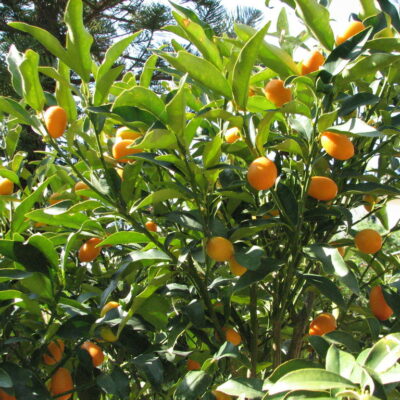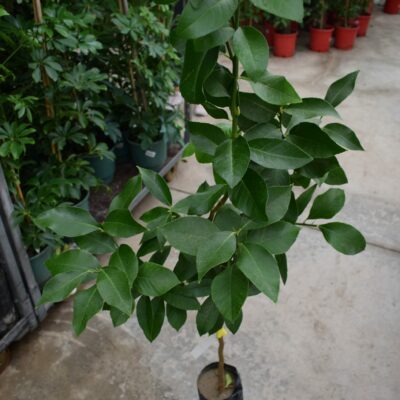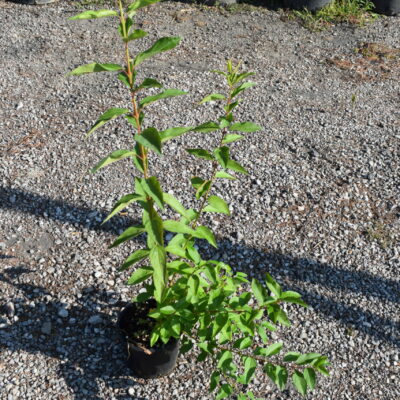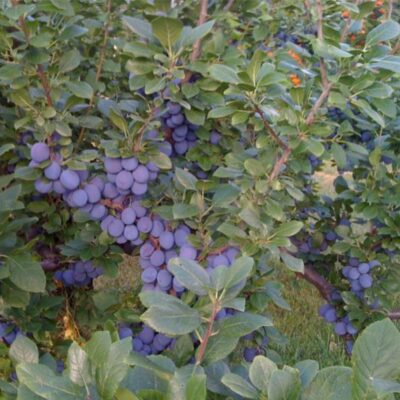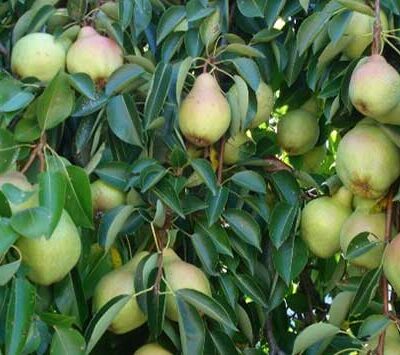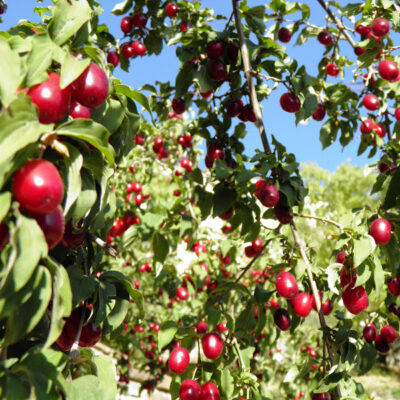The walnut belongs to the Nut family (Juglandaceae) with 20 species of deciduous trees. It is a native, angiospermous, monochlamydous plant. It does not face a problem of adaptation and is cultivated in various types of climates and environments. The root of the walnut tree is spiky and quite strong, while the trunk of the tree reaches a diameter of 2 meters and is surrounded by bark, which hardens over time. Its leathery leaves are elliptical in shape and quite large.
Terrain
The soil should be fertile, deep, draining with a pH of 6-8, not saline, not too heavy. Satisfactory altitudes are considered to be from 300 to 1000 meters.
Position
The walnut tree prefers a temperate climate with a cool summer (temperatures below 36 degrees Celsius) and a fairly cold winter (temperatures up to -12 degrees Celsius) with sufficient rainfall (800-1000 mm per year) with a significant proportion of this during the vegetative period, i.e. spring-summer .
Durability
It is resistant to frost and low temperatures down to -20°C. Ideal plant for places with intense air pollution and drought. It is sometimes troubled by intense and prolonged glaciations.
Watering
It needs moderate watering. In summer it needs more frequent watering.
Pruning
Formative pruning is necessary at the end of winter, in order to strengthen the density of the crown.
The most common types of Configurational Pruning are:
- Cup, from the main trunk at a height of 60-80 cm, 3 main arms are formed with an inclination of 45 degrees from the trunk and at an equal distance from each other.
- Bilateral Palmetto, the crown of the plum is shaped to grow in a vertical plane and take on a flattened form.
The fruiting pruning of the plum is aimed at good lighting and ventilation of the tree. Includes:
- Removal of entangled shoots inside the crown.
- Removal of dry shoots and branches.
- Slight shortening of the long shoots to promote fruiting.
- Removal of greedy shoots and offshoots.
Enemies and Diseases
The main walnut diseases are bacteriosis and carbonization. Carbonation is caused by the fungus Marssonina juglandis and affects the leaves, fruits and annual shoots. Bacteriosis is caused by the fungus Xanthomonas campestris, which causes significant damage to the flowers and infects the fruits.
The sending and delivery of trees is done ONLY within Prefecture of Thessaloniki.


